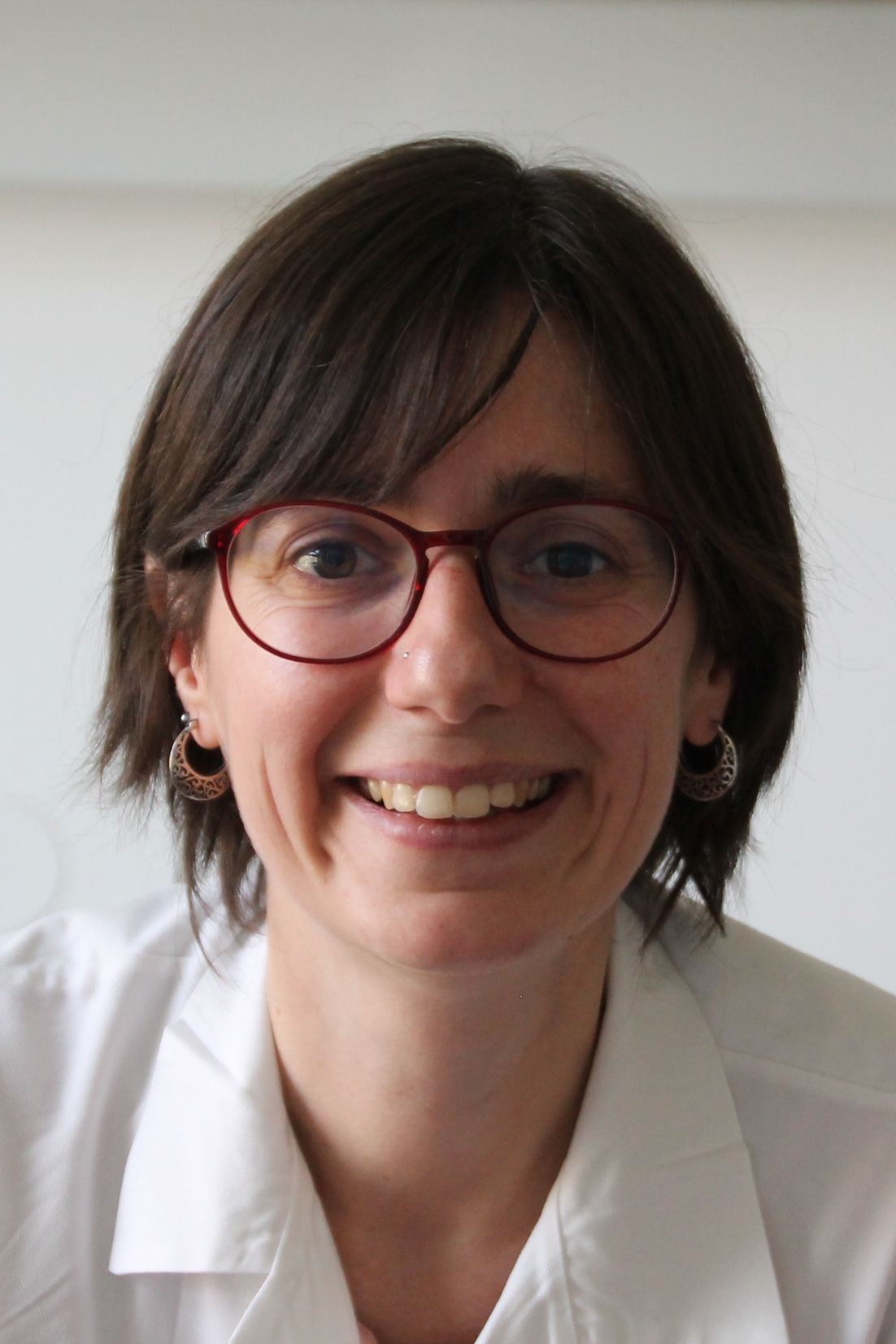Dr. Sílvia Cervero-Aragó

MedUni Wien RESEARCHER OF THE MONTH July 2020
Viability and infectivity of viable but nonculturable Legionella pneumophila strains induced at high temperatures
Thermal disinfection is commonly used to prevent the proliferation of culturable Legionella in engineered water systems (EWS). In response to such stress, culturable Legionella populations can switch into a viable but nonculturable (VBNC) state. In this state, the bacterium does not grow on standard artificial media, the gold-standard method for the enumeration of the bacteria and risk assessment, but is still active, maintaining low metabolic activity, membrane integrity, virulence-related protein expression and a low level of virulence. The importance of such VBNC Legionella cells is currently hotly debated.
In the present study, we investigated the stress response patterns and transitions of the bacteria to the VBNC state at 55°C, 60°C and 70°C on two L. pneumophila strains for >80 days using cell based viability indicators that comprise culturability, membrane integrity and enzymatic activity of the cells. Complete loss of culturability at 55°C, 60°C and 70°C occurred after 3-8 h, 60 min and <2min, respectively. In contrast, L. pneumophila strains required 9 days at 55°C, 8 h at 60°C and 20 min at 70°C to achieve a 2 log reduction in cells with intact membranes and high esterase activity; a 4 log reduction was achieved only after 150, 8-15 and 1-4 days, respectively.
In parallel, changes in the infectivity patterns of the two strains towards amoebae, their environmental hosts, and THP-1 cells were assessed. L. pneumophila strains infected amoebae and THP-1 cells for at least 85 days at 55°C and 60°C and for up to 8 days at 70°C. However, they did so with reduced efficiency, requiring prolonged co-incubation times with the hosts and higher Legionella cell numbers in comparison to culturable cells. Consequently, infection of amoebae by thermally induced VBNC L. pneumophila with lowered virulence can be expected in EWS.
An EWS that maintains a constant thermal regime at 60°C in the water heater tank and recirculating lines and has good hydraulics that ensure that a high temperature reaches all parts of the system may not only avoid the proliferation of culturable but also of VBNC L. pneumophila according to our results. Although the gold standard method cannot detect VBNC Legionella, it provides important information about the most virulent bacterial subpopulations.
Selected Literature
- Cervero-Aragó S, Schrammel B, Dietersdorfer E, Sommer R, Lück C, Walochnik J, Kirschner A. Viability and infectivity of viable but nonculturable Legionella pneumophila strains induced at high temperatures. Water Res. 2019;158: 268-279. doi:10.1016/j.watres.2019.04.009
- Hilbi H, Jarraud S, Hartland E, Buchrieser C. Update on Legionnaires’ disease: Pathogenesis, epidemiology, detection and control. Molecular Microbiology. 2010;76:1-11. doi:10.1111/j.1365-2958.2010.07086.x
- Oliver JD. Recent findings on the viable but nonculturable state in pathogenic bacteria. FEMS Microbiol Rev. 2010;34: 415–425. doi:10.1111/j.1574-6976.2009.00200.x
- Kirschner AKT. Determination of viable legionellae in engineered water systems: Do we find what we are looking for? Water Res. 2016;93: 276–88. doi:10.1016/j.watres.2016.02.016
- Dietersdorfer E, Kirschner A, Schrammel B, Ohradanova-Repic A, Stockinger H, Sommer R, Walochnik J, Cervero-Aragó S. Starved viable but non-culturable (VBNC) Legionella strains can infect and replicate in amoebae and human macrophages. Water Res. 2018;141:428-438. doi:10.1016/j.watres.2018.01.058
- Schrammel B, Cervero-Aragó S, Dietersdorfer E, Walochnik J, Lück C, Sommer R, Kirschner A. Differential development of Legionella sub-populations during short- and long-term starvation. Water Res. 2018;141:417-427 doi:10.1016/j.watres.2018.04.027
- National Academy of Sciences Engineering, and Medicine. Management of Legionella in Water Systems. Washington, DC: The National Academies Press; 2020. doi:10.17226/25474